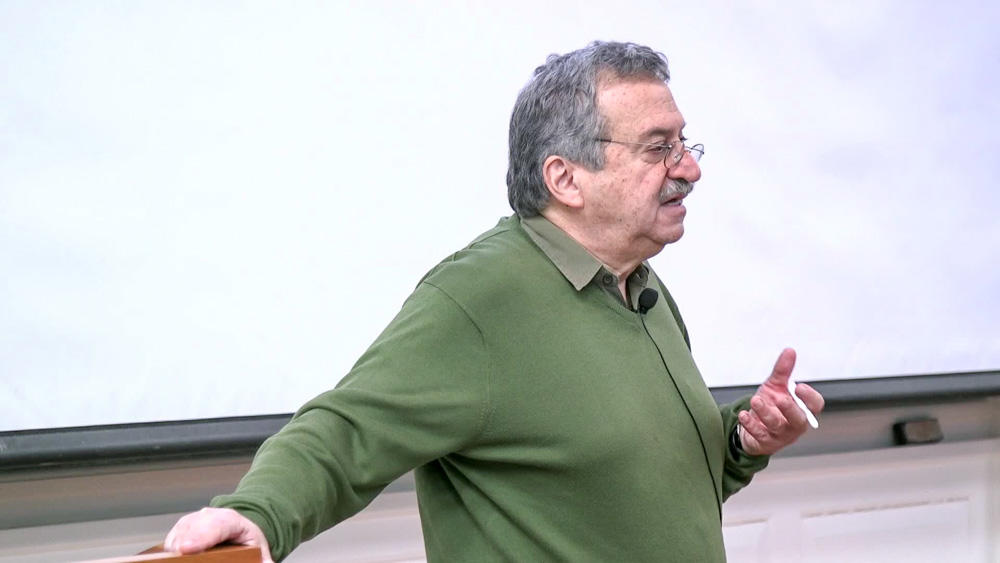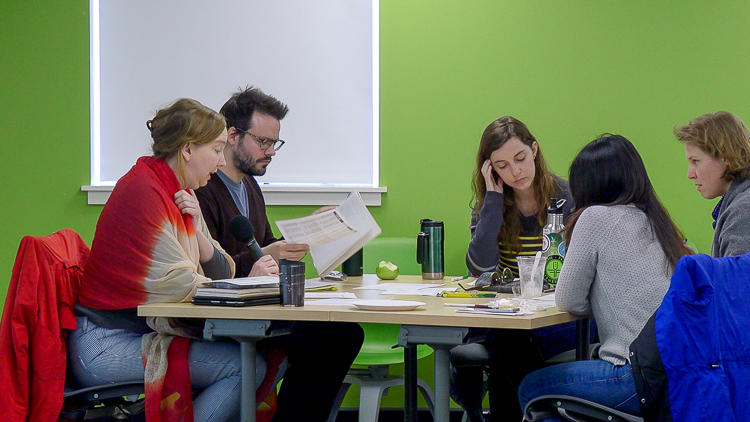It is tempting, even natural, to want to present material exactly how you like to receive it, but if you do this you may be reaching only a small cohort of students. In reality, students receive and process information in a variety of ways. Lecturers may reach more students by varying the ways they present material and offering multiple entry points for complex concepts. In this video, Bob Kegan describes the range of tactics he uses to teach students in his large-enrollment lecture course.
Presenting Material in Multiple Ways
Instructor
Robert Kegan, William and Miriam Meehan Research Professor in Adult Learning and Professional Development
Student Group
Graduate
School
Harvard Graduate School of Education
Course
Adult Development
Group Size
~200 students
- Consider what types of texts and learning activities could lend themselves well to your content area and help you illustrate key concepts in different ways. For example, general readings, visual aids, and activities such as role plays may complement more technical explanations of concepts in a textbook or journal.
- Especially when it comes to complex content, aim to reinforce major points in multiple ways. Instead of just presenting material through a lecture, you might increase the likelihood of student understanding through metaphors, anecdotes, and illustrative case studies.
- Studies of the use of multiple representations in mathematics, science, and computer science demonstrate how multiple representation can be used to enhance learning (Ainsworth, 1999; Ainsworth et al., 2009; Wood et al., 2007)
- In “Lecture Preparation,” MIT professor Lorna Gibson uses anecdotes, images, and artwork to convey key ideas and concepts to her engineering students
- Two professors at the University of Iowa describe how “Teaching with Cartoons” helps students synthesize and convey complex ideas
- Vanderbilt University provides an overview of research on multiple intelligences but suggests it is more important to connect “Learning Styles” to disciplines, not specific activities




